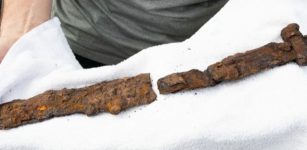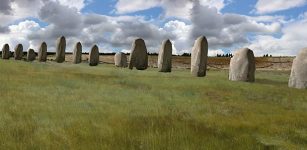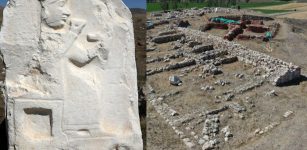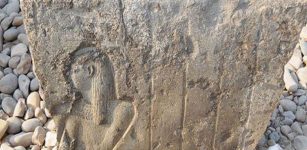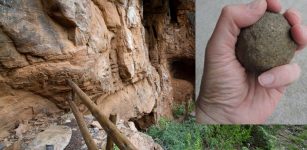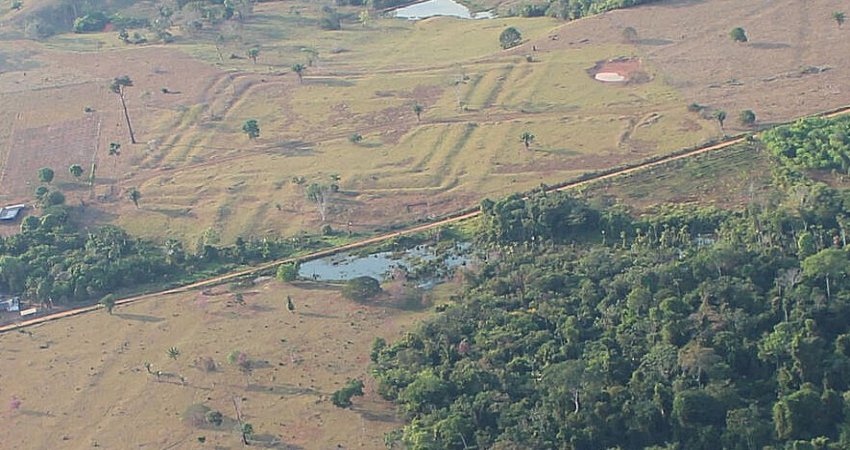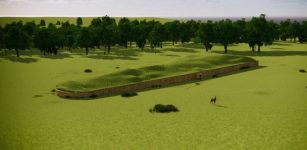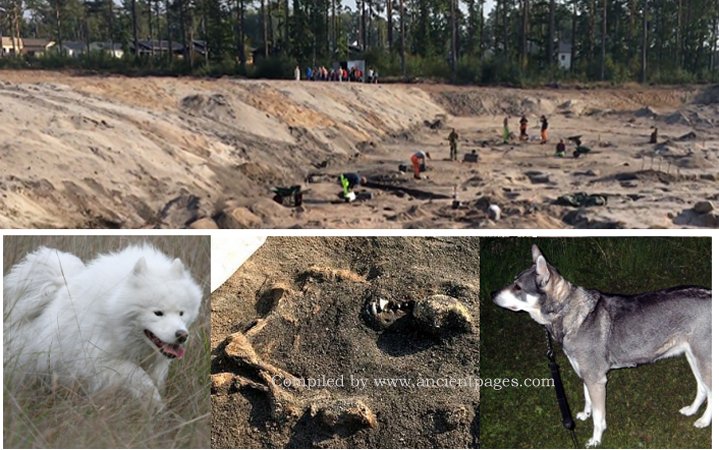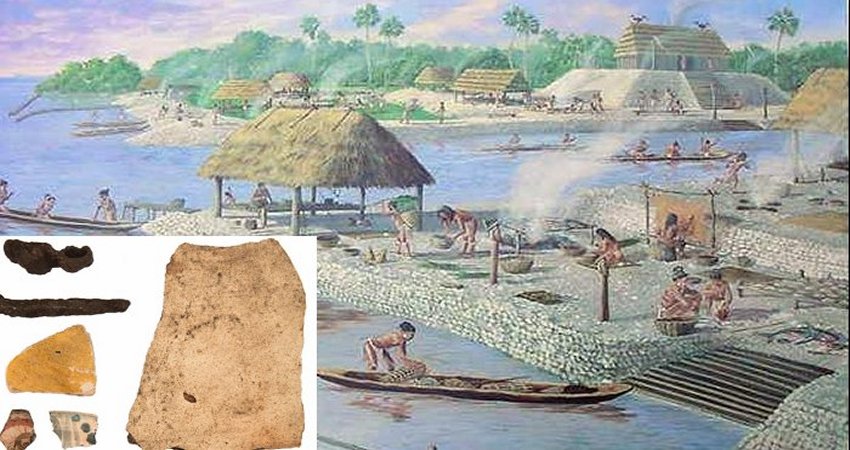Giant 11,000-Year-Old Mortars Used By The Natufian Culture – Mystery Solved?
MessageToEagle.com – Scattered across the Levant, a region in the Eastern Mediterranean there are several giant mortars that are over 11,000-year-old.
It is said these mortars carved out of boulders were used by the Natufian Culture. Scientists have tried for decades to determine the true purpose of these giant mortars. Now, a group of archaeologists think they have finally solved this ancient mystery. But have they really?
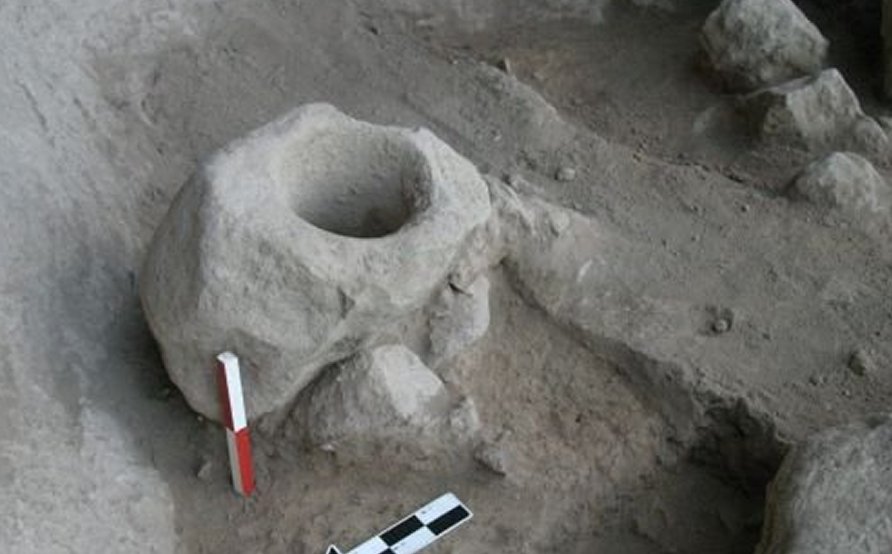
The Natufian culture is the name given to the sedentary hunter-gatherers living in the Levant region of the near east between about 15,000 to 11,000 years ago.
These people were hunter-gatherers and lived in mostly in communities, some quite large, of semi-subterranean houses.
The largest Natufian communities (called ‘base camps’) found to date include Jericho, Ain Mallaha, and Wadi Hammeh. Some of the mortars discovered are as much as a meter in height and 100 kilograms in weight.
It should be added that the boulder mortars are the largest stone tools found in this region. A shaft, sometimes 70 centimeters in depth and only 10 to 20 centimeters in diameter was carved into these large rocks. Most of the shafts get narrower as they get deeper, and some of the mortars have holes at the bottom.
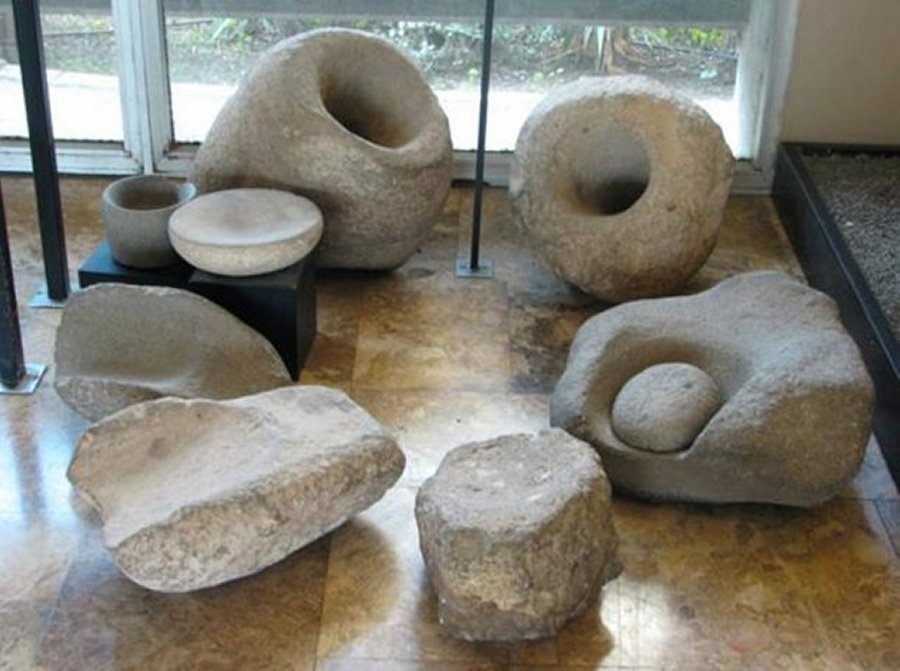
The size suggests the mortars were unlikely used for food. So what was their purpose? That is a question scientists have thought about for years. Now, archaeologists believe they can answer the question.
Dr. Danny Rosenberg and Prof. Danny Nadel of the Zinman Institute of Archaeology at the University of Haifa studied the layout and location of the mortars that are often found at burial sites. They postulate that it’s possible the mortars were used for preparation of food for the mourners.
In addition, they could have served as offerings to the dead. Scientists noted that the sounds produced by pounding these huge stone vessels would have been heard over vast distances. This would allow a Natufian community to gather and bury or commemorate one of its members.
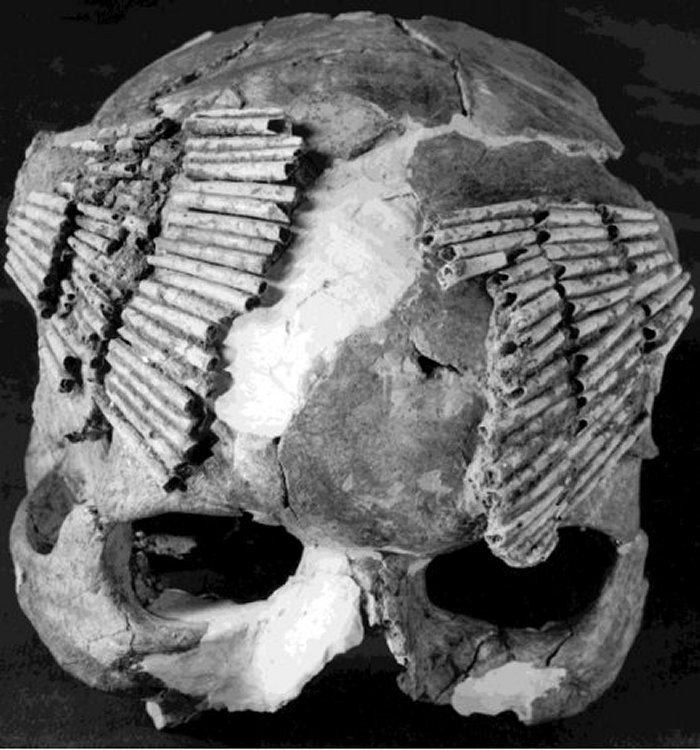
Photograph by S. Burger, Peabody Museum.
In other words, pounding the mortar was like a Natufian drum signal, used to bring the community together.
In the same way a church bell is rung to to signify the hour or the time for worshippers to go to church, perhaps to attend a wedding, funeral, or other service.
The Natufians were among the first known in the region to abandon the nomadic way of life and settle down, which may help explain why they “invented” the graveyard and wanted to summon neighbors to their ceremony.
The dead were important to the Natufian culture and decoration of the deceased skulls was practised.
One of the common features between Natufian and present-day culture is the flowers found in the burial sites. Excavation in the Rakafet district of the Israeli port city of Haifa revealed remains of colored and perfumed plants and flowers in burial sites.
To ritualistically bury dead is a very ancient tradition that goes back for at least tens of thousands of years. There are signs of offerings in graves going back 120,000 years; deliberate burials were also ascribed to the Neanderthals.
MessageToEagle.com
source: Haaretz

